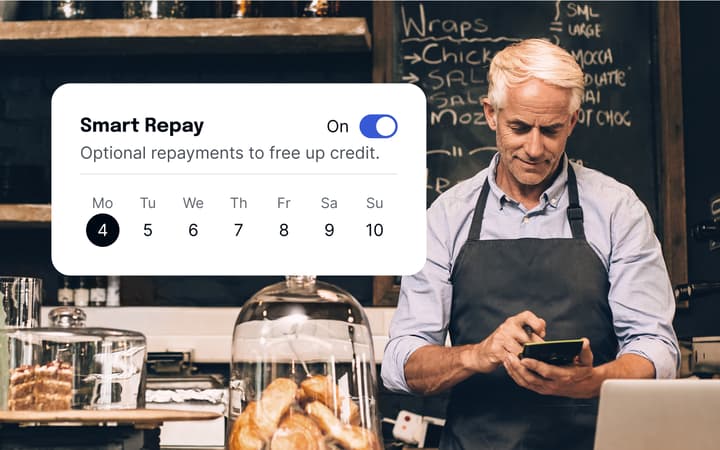Jump to a section
Building consistent habits can be challenging, especially for entrepreneurs juggling the many demands of running a business. But implementing a habit stacking routine, where small, manageable tasks are linked together, can create powerful systems that reduce decision fatigue, increase productivity, and help maintain focus through the chaos.
We spoke to Nick Hatter, a psychotherapist and life coach, to explore what habit stacking is and how it can empower entrepreneurs to build consistent routines that support business growth.
What is habit stacking?
Coined by productivity expert James Clear, author of Atomic Habits, habit stacking is the practice of connecting a new habit to an existing one. For example, after you make your morning coffee, you will spend five minutes reviewing your to-do list.
The system has seen viral moments on social media platforms like TikTok, where creators have been sharing everything from how habit stacking has changed their lives to tips on how people can implement it.
Nick Hatter, psychotherapist and life coach, explains the benefits of habit stacking
“Habit stacking is an effective method for forming and maintaining new habits by using existing habits (such as brushing your teeth). Research suggests it may improve habit adherence. This could be because habit stacking can reduce decision fatigue and uses existing habits as psychological cues.
“As an entrepreneur, you're constantly making decisions, whether it's building the right team, managing your inbox, or steering your business strategy. Your decision-making capacity is probably better spent trying to tackle business challenges rather than deciding when to work out, when to meditate, or when to learn Spanish, and so forth.”
By using an existing behaviour as a trigger, habit stacking helps embed new actions into your routine with minimal effort. Over time, these small, linked behaviours form reliable systems that help streamline your day without requiring willpower or decision-making energy.
Top tips for entrepreneurs ready to try habit stacking
-
Start small and link to existing habits: Don’t try to overhaul your routine overnight. Begin with just one habit and anchor it to something you already do daily; this is fundamental to habit stacking.
For entrepreneurs, this could mean reviewing your emails or sales dashboard right after your first cup of coffee, or using the few minutes before your first client call to jot down your top three priorities for the day. By linking new habits to established routines, you increase the chances of them sticking without overwhelming your schedule.
-
Prioritise high-impact habits: Not all habits are created equal. Focus on small actions that drive real value for your business, like reviewing financials, sending a daily outreach email, or setting clear goals for the day.
-
Use habit stacking to create boundaries: Entrepreneurs often struggle to switch off. Create a stack of end-of-day rituals that signal the workday is over. This helps you mentally ‘log off’ and protects your personal time, which is essential for avoiding burnout.
-
Track your progress and tweak as needed: Building a new routine takes time. Use a habit tracker or productivity app to monitor your consistency, and don’t be afraid to adjust if something doesn’t feel right.
-
Be patient and aim for progress, not perfection: You won’t get it right every day, and that’s okay. The goal is to create momentum, not to run a perfect routine. Missing a day or two doesn’t break the chain if you get back on track.
Why habit stacking matters for entrepreneurs
While the concept may seem simple, the cumulative effect of habit stacking can be powerful. It allows you to design your day with intention, anchoring meaningful habits to moments that already exist in your routine. Over time, this leads to better time management, clearer focus, and a stronger sense of control.
Habit stacking isn’t just a productivity trend; it’s a practical framework for building sustainable systems that align with your goals. For entrepreneurs, it can mean the difference between staying in control and feeling constantly overwhelmed.











